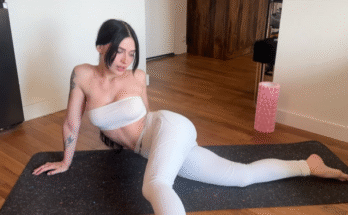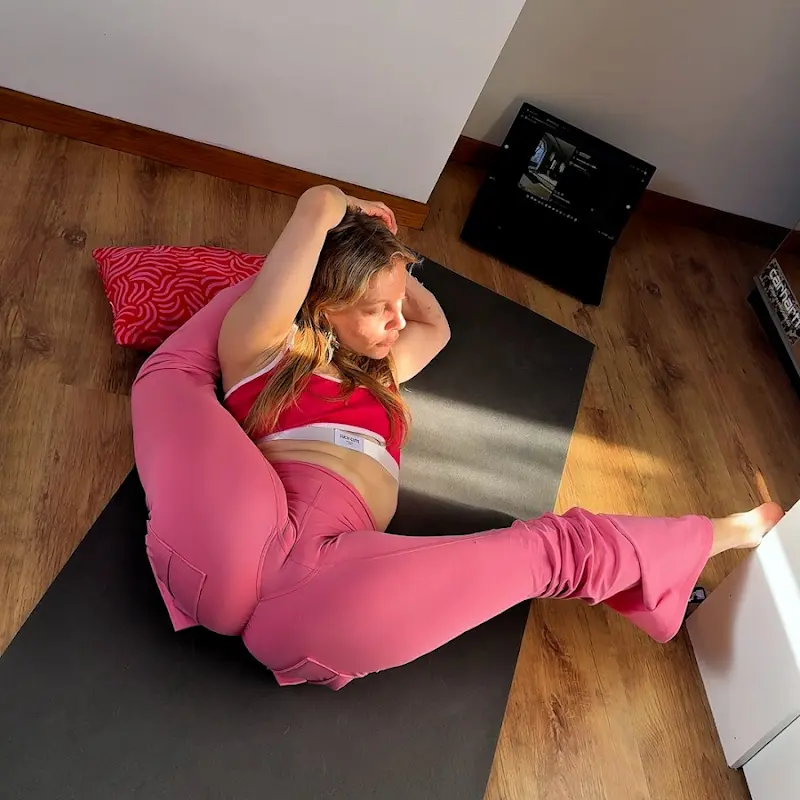
In today’s busy world, finding time and space to stay fit can be a challenge. Some people prefer working out at the gym, while others choose to exercise in the comfort of their homes. Both methods offer unique advantages, and when combined with gymnastics-inspired movements, they can create a powerful, effective, and fun fitness routine. “Workout at Home & Gymnastics” is not just about sweating—it’s about building strength, flexibility, balance, and mental discipline while adapting to the environment you’re in.
The Benefits of Working Out at Home
Exercising at home has grown in popularity, especially since the global pandemic made gyms temporarily inaccessible. People realized that with a little creativity and dedication, a living room, garage, or even a small corner of space could be transformed into a personal fitness zone.
- Convenience and Accessibility
You don’t need to commute, pay membership fees, or worry about gym opening hours. You can roll out a yoga mat, use household items as weights, and begin your session instantly. - Privacy and Comfort
Many beginners feel intimidated by crowded gyms or advanced athletes. At home, you can work at your own pace without judgment. - Flexibility of Schedule
Home workouts allow you to train whenever you like—whether it’s a quick 15-minute stretch in the morning or a full hour session at night. - Cost-Effective
No expensive machines are required. Bodyweight training, resistance bands, and even furniture can substitute for professional equipment.
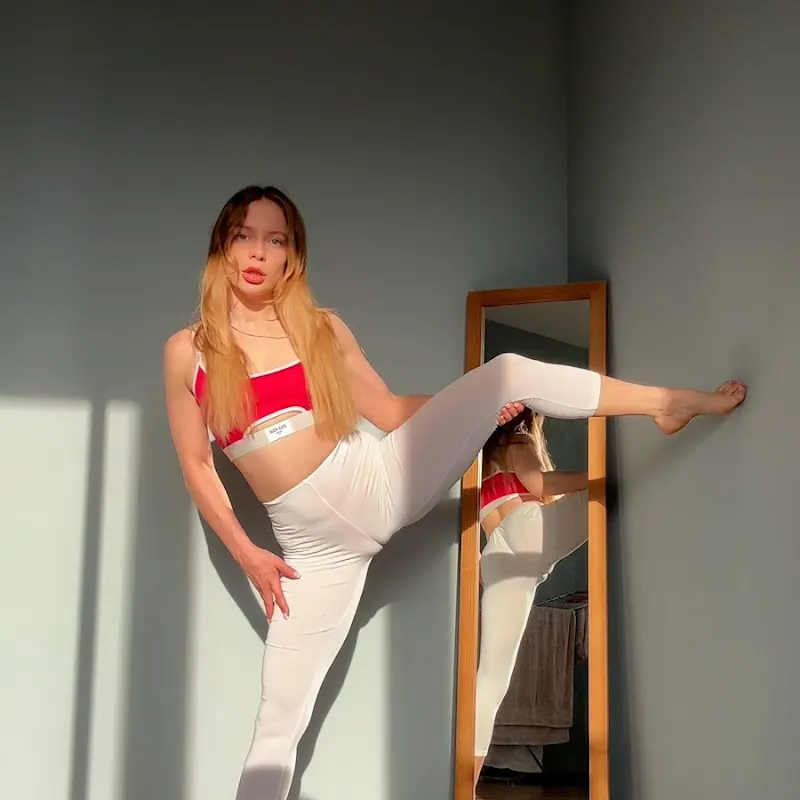
The Value of Gymnastics in Fitness
Gymnastics is one of the oldest and most complete physical disciplines. Traditionally practiced on bars, rings, and mats, its principles can be adapted into everyday fitness training. It emphasizes:
- Strength: Bodyweight exercises like push-ups, dips, and planches develop raw power.
- Flexibility: Gymnasts are known for their incredible range of motion, which prevents injury and improves posture.
- Balance and Coordination: Skills like handstands and cartwheels train body awareness.
- Discipline and Focus: Gymnastics requires patience and mental strength, traits that carry into daily life.
When combined with a home workout routine, gymnastics-inspired movements provide variety and challenge, making fitness exciting rather than repetitive.
Essential Home Workout Exercises
Before diving into gymnastics-inspired drills, it’s important to build a foundation with some key exercises:
- Push-ups
A classic bodyweight exercise that strengthens the chest, shoulders, triceps, and core. Variations like diamond push-ups or wide-arm push-ups can add intensity. - Squats
Perfect for building lower body strength. You can perform bodyweight squats, jump squats, or even hold a water bottle for added resistance. - Planks
Excellent for core stability. Side planks and plank-to-shoulder taps keep the muscles challenged. - Lunges
These target the glutes, quads, and hamstrings while also improving balance. - Burpees
A high-intensity full-body move that builds stamina and burns calories quickly.
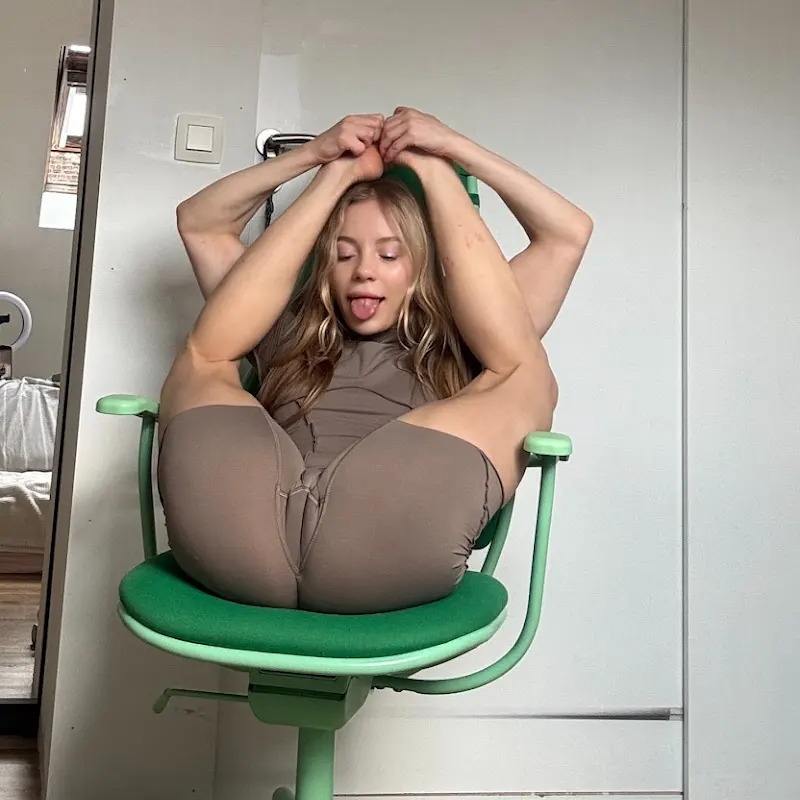
Gymnastics-Inspired Home Training
Even without gym equipment, many gymnastics elements can be adapted for home practice. Here are some examples:
- Handstands
Practicing against a wall helps improve upper body strength and balance. Over time, you can work toward freestanding handstands. - Cartwheels and Rolls
These basic gymnastics moves increase agility, spatial awareness, and coordination. They also make workouts more playful. - L-Sits
Sitting on the floor or using two sturdy chairs, you can practice holding your legs straight out while supporting your bodyweight with your arms. This builds core and arm strength. - Bridges and Backbends
Great for flexibility, especially in the spine and shoulders. - Pistol Squats
A one-legged squat that demands balance, mobility, and leg strength—similar to training gymnasts undergo.
Designing a Balanced Routine
To combine home workouts and gymnastics, a balanced session might look like this:
Warm-up (5–10 minutes):
- Light jogging in place or skipping rope.
- Arm circles, hip rotations, and dynamic stretches.
Strength & Conditioning (20–25 minutes):
- 3 sets of 10–15 push-ups.
- 3 sets of 15–20 squats.
- 3 sets of 12 lunges per leg.
- 1-minute plank hold, repeated three times.
Gymnastics Skills Practice (15 minutes):
- Handstand practice against the wall.
- L-sit holds, 3 sets of 10–20 seconds.
- Cartwheel or roll practice on a soft mat.
Flexibility & Cool-down (10 minutes):
- Bridge hold for 20–30 seconds.
- Forward fold for hamstrings.
- Shoulder and hip stretches.
- Deep breathing to relax.
This routine can be adjusted for beginners by reducing reps or intensity, while advanced practitioners can add difficulty with weighted vests, resistance bands, or longer holds.
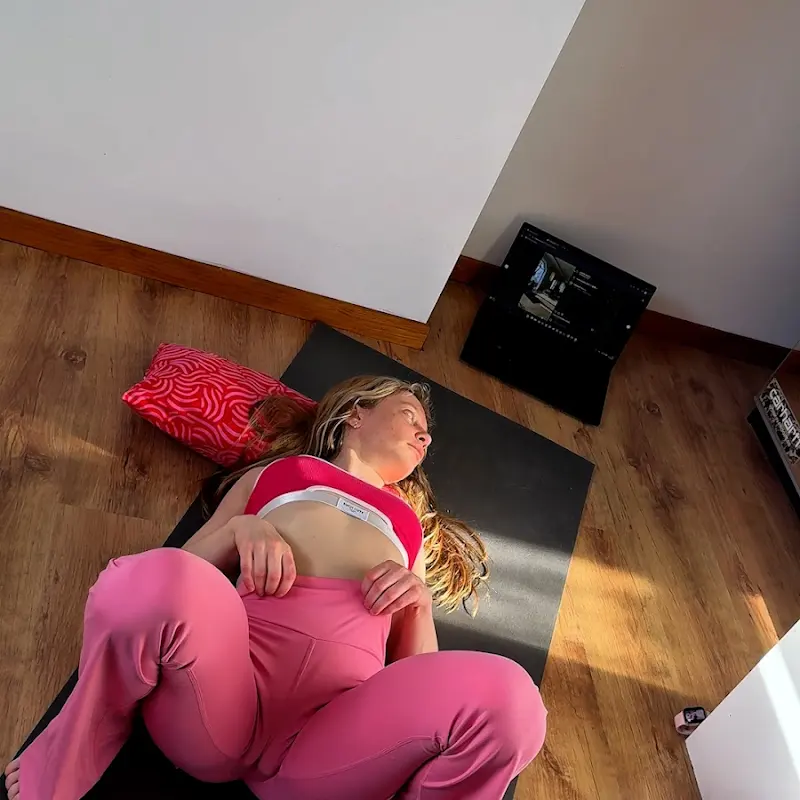
Mental Benefits of Home Workouts & Gymnastics
Beyond physical gains, combining workouts and gymnastics at home can also nurture the mind:
- Improved Focus: Handstands, balancing drills, and controlled movements demand concentration.
- Stress Relief: Movement releases endorphins that improve mood.
- Confidence Boost: Learning a gymnastics skill like a cartwheel or backbend provides a sense of accomplishment.
- Creativity in Movement: At home, you can explore exercises freely without restrictions.
Tips for Success
- Set Goals: Whether it’s holding a 30-second handstand or completing 50 push-ups, goals keep you motivated.
- Stay Consistent: A 20-minute workout daily is more effective than a 2-hour session once a week.
- Use What You Have: Household items like chairs, walls, and towels can serve as equipment.
- Listen to Your Body: Don’t push beyond safe limits—progress gradually.
- Mix It Up: Alternate between strength, cardio, gymnastics, and stretching to prevent boredom.
Conclusion
“Workout at Home & Gymnastics” is a powerful combination that blends the convenience of home training with the creativity and discipline of gymnastics. It doesn’t matter if you’re a beginner or an advanced athlete—there’s always a way to challenge yourself within your space. With dedication, imagination, and persistence, your home can become both a gym and a gymnastics studio, helping you build not only a stronger body but also a resilient, confident mind.



